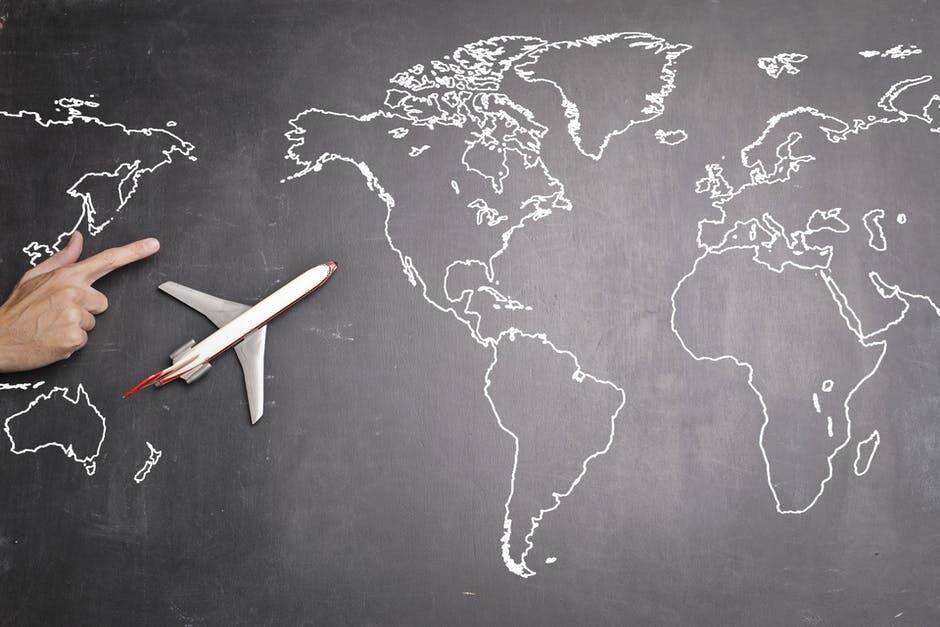
The O-1 visa, also known as the creative talent visa, is helping artists, musicians, and designers bring their talent to the United States. This visa allows exceptional creative individuals to work legally and expand their careers on a global stage. For many international creators, the O-1 visa is now considered the new passport to opportunities in the U.S.
Imagine bringing your creative vision to the United States with legal work authorization and the freedom to collaborate with world-class artists. By offering legal work authorization, the O-1 visa opens doors to projects and collaborations that were once difficult to access.
O-1A vs O-1B: What’s the Difference?
The O-1 visa has two categories:
- O-1A
- O-1B
O-1A focuses on extraordinary ability in the sciences, education, business, or athletics. O-1B is geared towards abilities in the arts or outstanding achievement in the motion picture or television industry.
Creatives need to apply for the O-1B visa as it covers:
- Visual artists
- Choreographers
- Fashion designers
- Entertainers
Eligibility Criteria for the O-1 Visa
To get an O-1 visa, you need to show a sustained record of achievements. This visa is meant for creatives who have achieved extraordinary things.
Evidence of these achievements can include:
- Awards
- Media coverage
- Exhibitions
- Published work
- Letters of recommendation from recognized experts
Simply having the skills and experience isn’t enough for this type of visa; you need to be able to show you’re the best of the best. Meeting these standards is essential to qualify for the international artist visa.
How Does the O-1 Visa Support Creative Careers?
The O-1 visa makes the U.S. an attractive destination for creative professionals. This visa offers stability and legal protection, allowing creatives to focus fully on their work.
Compared to traditional employment visas, the O-1 is often faster and more accessible. It focuses on exceptional achievement rather than standard work experience. This efficiency encourages top global talent to pursue projects in the U.S., enhancing both the creative ecosystem and international networks.
The O-1 Visa Application Process
The process begins with a U.S.-based sponsor, such as an employer, agent, or manager, filing Form I-129, Petition for a Nonimmigrant Worker, with U.S. Citizenship and Immigration Services (USCIS). This petition needs to include detailed information about your work, skills, and the specific project you’ll be working on.
Proving you’re eligible for this visa is critical and can be time-consuming. Clearly organizing and presenting this evidence is essential for a strong petition. Contracts, itineraries, and letters from clients or employers detailing your role in projects are also required.
The petition needs to include a written advisory opinion from a relevant peer group, labor union, or expert organization. This letter confirms that your achievements and skills are deemed extraordinary.
After filing the petition, processing typically takes 2 to 3 months.
Working with O1 experts is highly recommended, as the application process is complex and requires attention to detail. Errors or incomplete documentation are common reasons for denial. Proper preparation ensures that your extraordinary achievements are clearly documented, maximizing your chances of approval and providing a smooth path to working legally in the U.S.
Tips for a Successful O-1 Visa Application
To successfully get this visa, you need to plan your application early and keep a clear portfolio of achievements, including exhibitions, performances, or publications. Pick recommenders who are recognized experts in your field and ask them to highlight specific contributions you’ve made.
Organize all your documents, contracts, and project details meticulously to avoid delays or requests for additional evidence. Consider consulting an O-1 immigration specialist for guidance on structuring your petition and presenting your accomplishments effectively.
Finally, frame your career as a compelling story that demonstrates extraordinary ability, making it easy for USCIS to recognize your talent and contributions.
Frequently Asked Questions About the O-1 Visa
Can I get an O-1 visa without a U.S. employer?
An O-1 petition must be filed on your behalf by a U.S.-based sponsor.
The sponsor provides detailed information about your project, performance, or engagement, which helps U.S. Citizenship and Immigration Services (USCIS) evaluate your extraordinary ability. Without a sponsor, the application cannot proceed, so finding a reliable U.S. representative is essential for a successful O-1 visa process.
Am I allowed to bring family members with me?
Spouses and children under 21 can join on an O-3 visa. They can live in the U.S., but they cannot work without separate authorization.
How long can I stay with an O-1 Visa?
The O-1 visa generally covers your project duration, initially up to three years. After this, extensions can be requested in one-year increments as long as your work or projects continue. This flexibility allows creative professionals to maintain ongoing collaborations, tours, exhibitions, or performances without needing to leave the country prematurely.
Can the O-1 visa lead to permanent residency?
The O-1 visa is temporary, but it can help pave the way to permanent residency in the U.S. Many artists, musicians, and designers use the O-1 to establish a strong professional record in the U.S., which can support applications for employment-based green cards. It provides valuable U.S. work experience that strengthens your long-term immigration prospects.
What happens if my project ends before my visa expires?
Your visa is only valid while the project is ongoing. If the project ends early, you may need to leave the U.S. or find a new O-1 sponsor. Extensions or amendments are also possible if a new project arises with the same sponsor.
Bringing Creative Talent to the U.S.
The O-1 visa is helping artists, musicians, and designers establish themselves in the United States while contributing to the global creative economy. This visa not only allows work but also encourages long-term planning, collaboration, and innovation. The O-1 visa is transforming creative careers, making the U.S. a central hub for talent, innovation, and artistic achievement.
For international creatives, the O-1 visa offers both recognition and opportunity, transforming ambition into real-world success. Learn how to make the most of this advantage and your extraordinary achievements in our business section.




